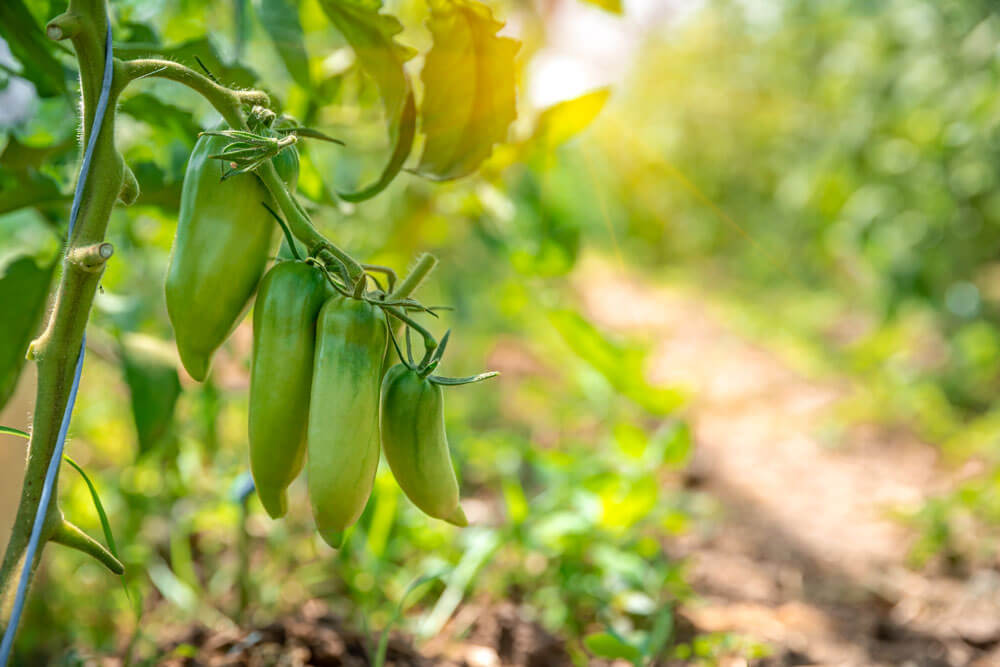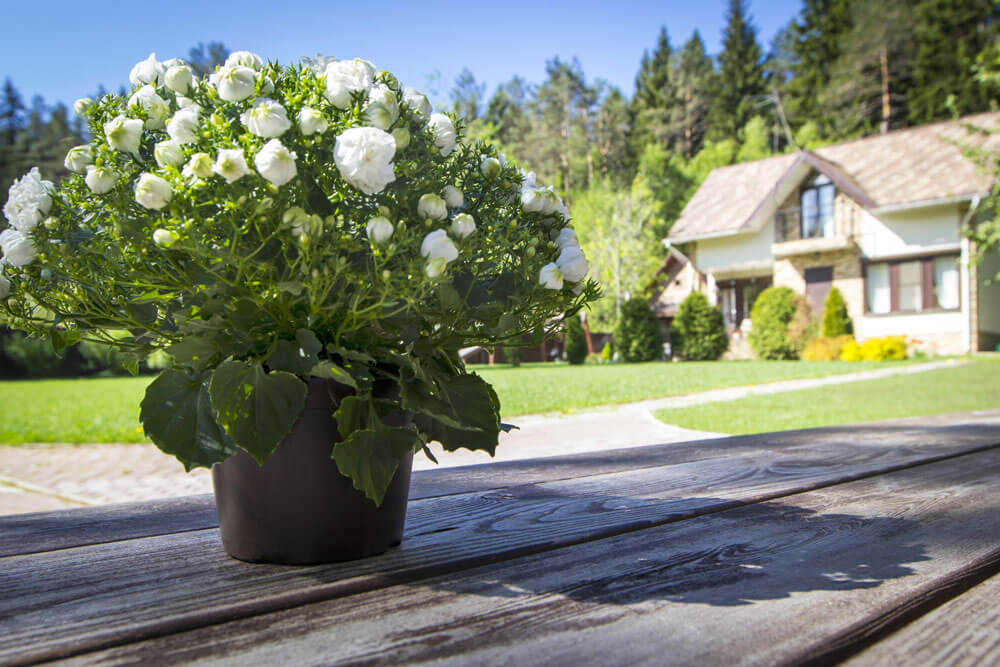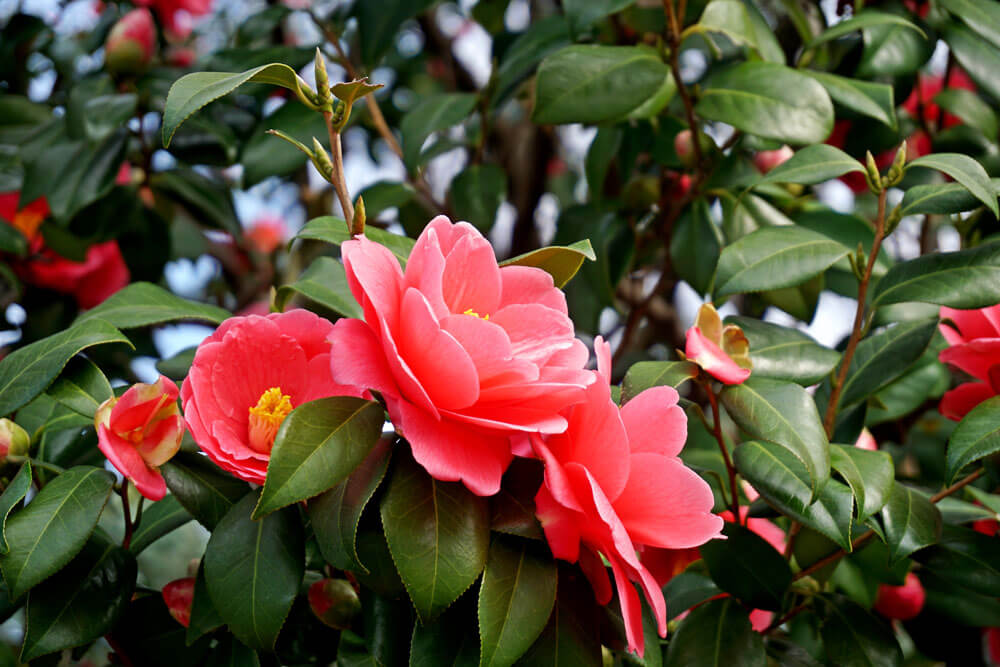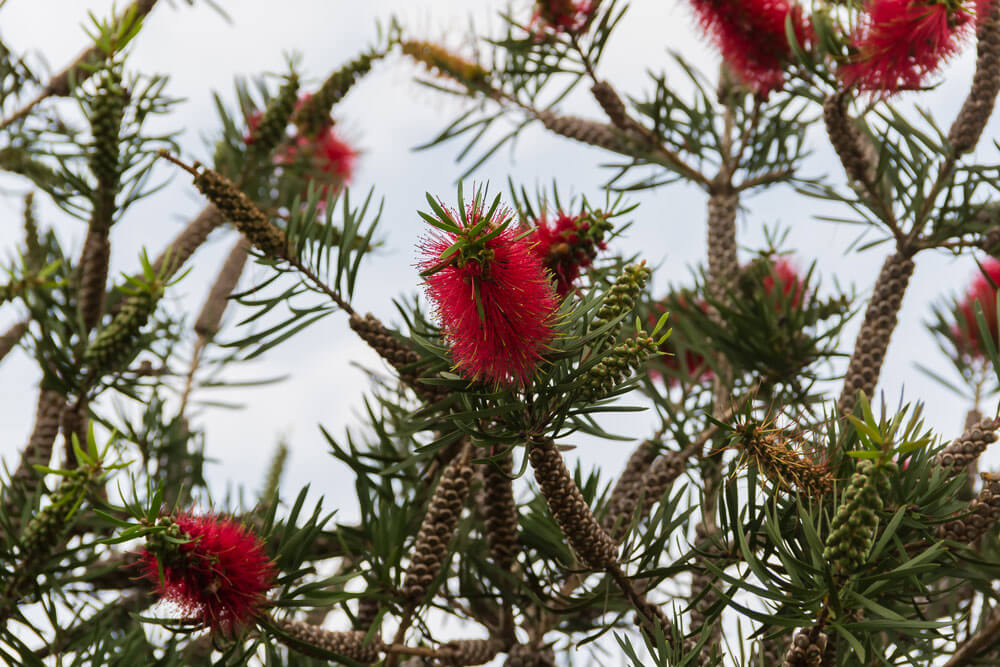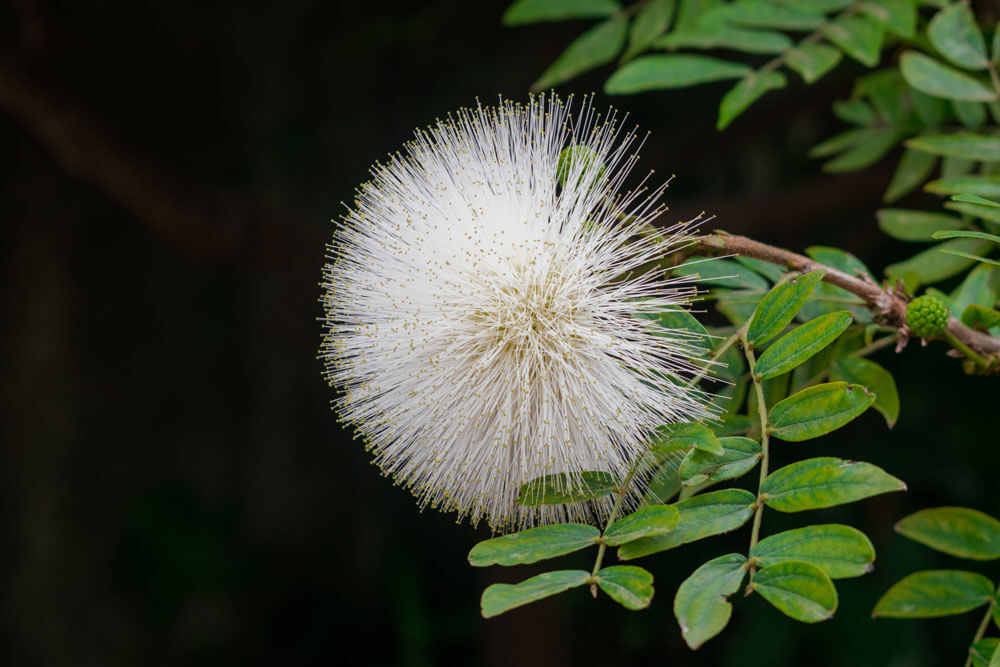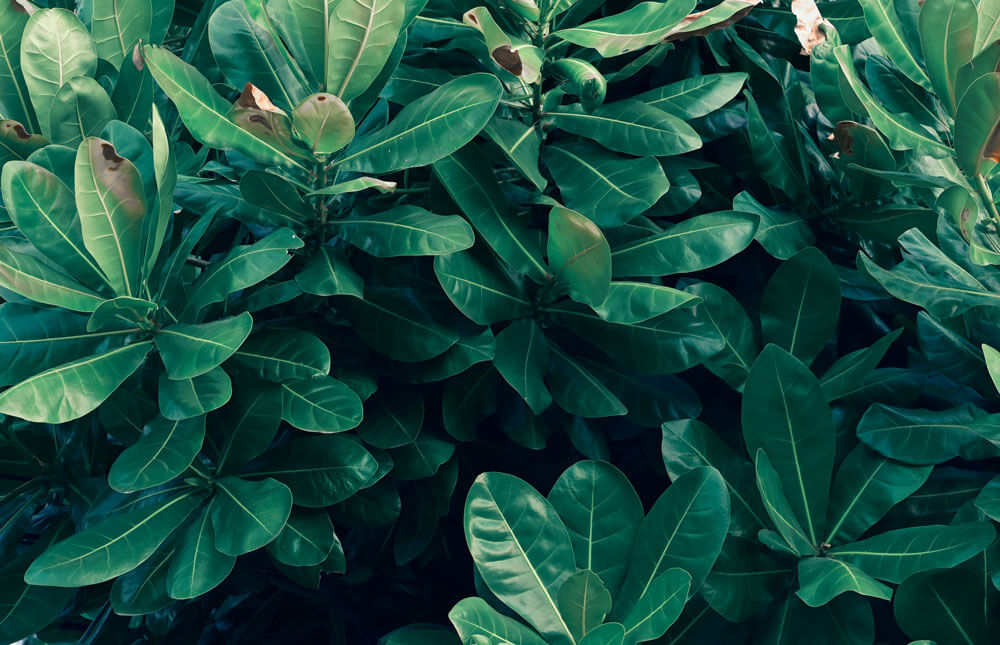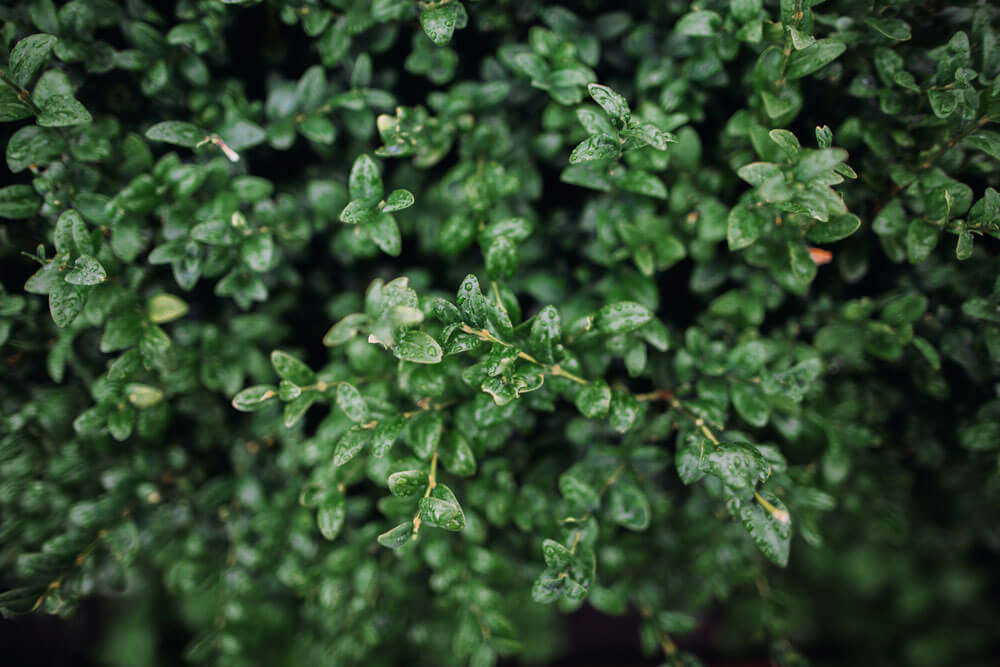Catharanthus: Identification, plant Growth and reproduction
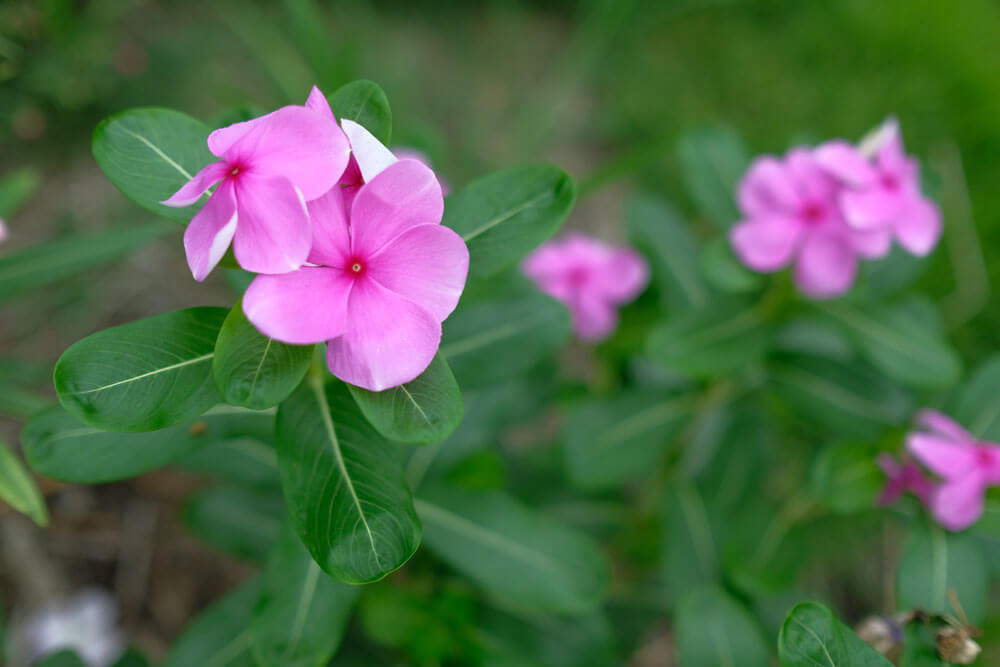
Learn about the plant
Catharanthus is a genus of 8 types of annuals and perennials from available rub and forest margins in Madagascar. Only Catharanthus roseus is widely cultivated. Salverform, pinkish, increased-pink, reddish, or white-colored plants are designed singly in the upper leaf axils, mostly from spring season to summer season. Catharanthus is an uncommon house grow, and you can build this plant from seed products. A seed sown at the end of wintertime will produce plants that learn to floral at the end of the spring season. The Periwinkle-like flowers type at the come tips and may cover a great deal of the sparkly foliage. All parts might cause extreme irritation if taken in.
Plant growth conditions
Typical warmness. Perfect indirect illumination is the right location – an eastern aspect- or north-going through windowsill is perfect.
Rich compost needs to be kept moist always rather than able to dry out. Misting is essential.
Plant reproduction
Get softwood to come cuttings in the spring season or semi-ripe cuttings in the summertime. Sow seed at (55-64 F 13-18 C) during early spring.

